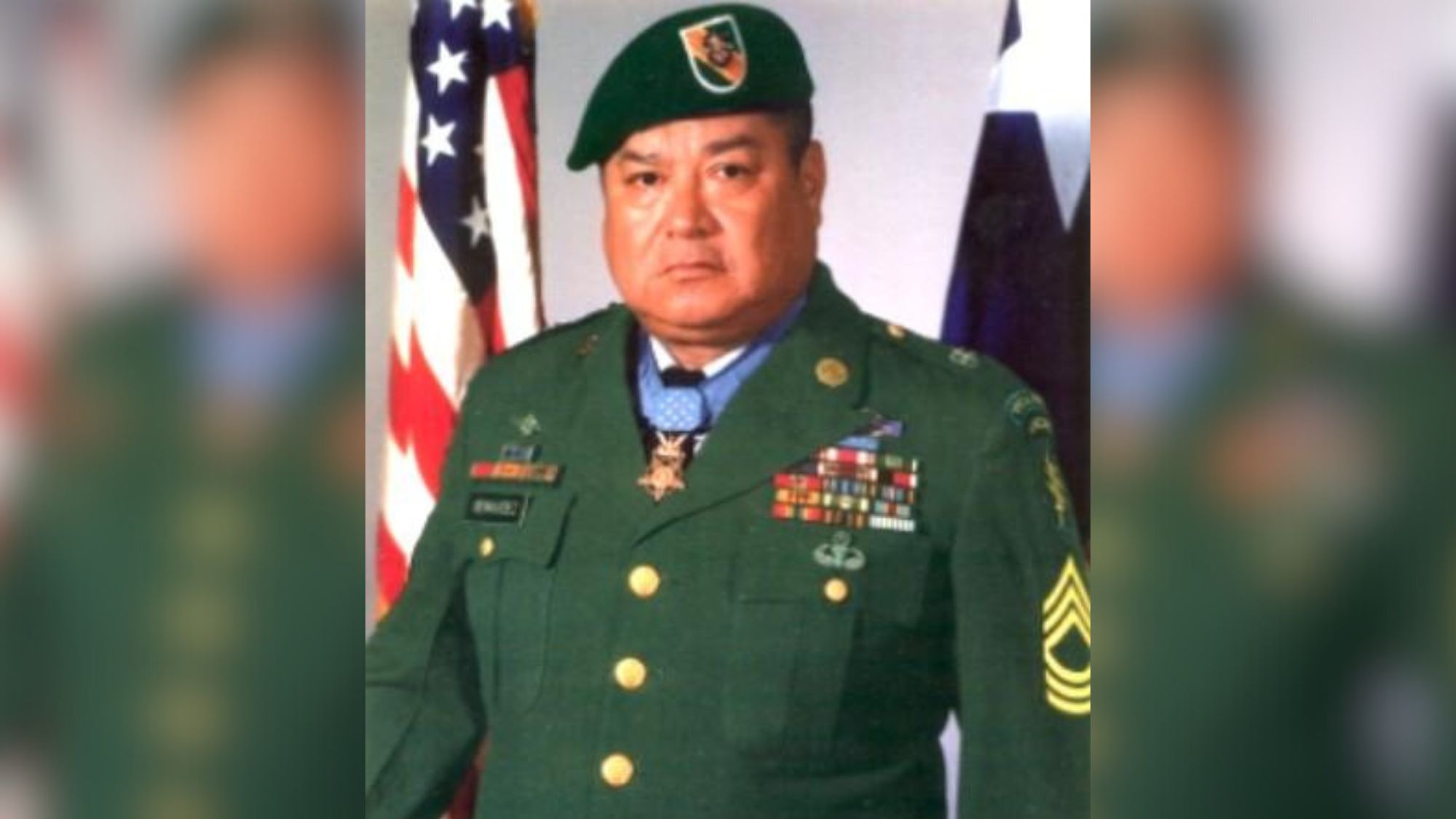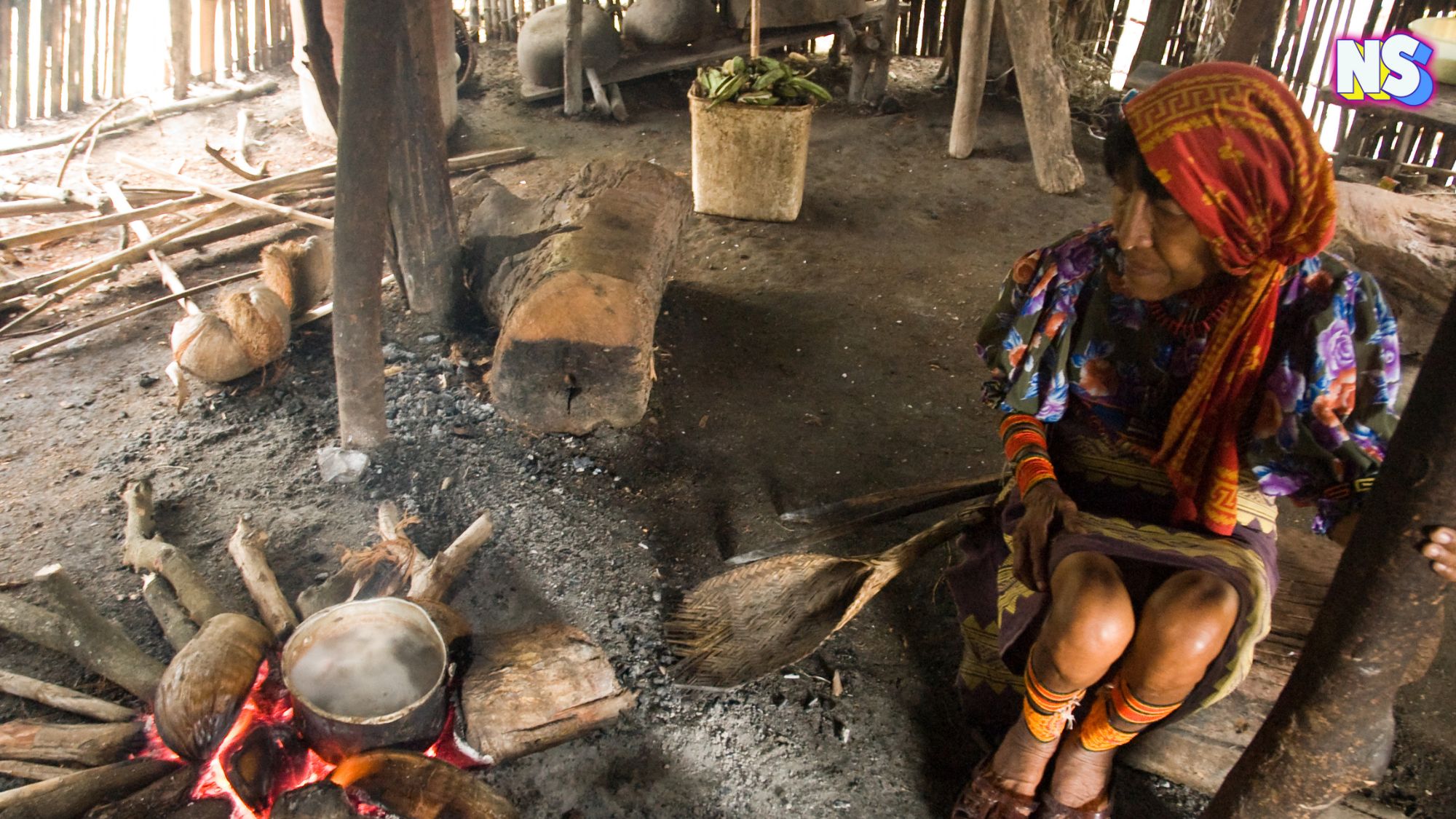Illustration by Nuestro Stories
Let’s have a fiesta! … a fiesta patria, that is.
You know what I’m talking about. That time of the year to celebrate the independence of your favorite Latin American country. Breaking free of over 300 years of Spanish rule is a great reason to rejoice.
Still not sure why it’s called a fiesta?
Let’s clear up the bundles of confusion that surround the happy, yet riddled, historic reasons to celebrate patriotism at its finest.
What are “Fiestas Patrias”?
The term “Fiestas Patrias” translates to “Patriotic Holidays” or “National Holidays” in English.
And, although many in the United States tend to use the term “Fiestas Patrias” to describe Mexican Independence celebrations, it’s actually used for hundreds of respective independence festivities around the globe. It’s also another way to describe the Hispanic Heritage Month (HHM) events held in the United States from September 15 to October 15.
The term itself has its origins in 19th century Latin America to refer to the patriotic celebrations of a particular country.
It’s quite commonly used in Spanish-speaking countries to denote the days when a nation commemorates its independence, historical events, or other significant milestones related to its identity and heritage.
Each Latin American country has its own specific dates for Fiestas Patrias, often tied to the anniversary of their independence or other important historical events.
Sure, while many countries declared their independence, that doesn’t mean their colonizer, Spain, actually recognized it.
The History of Independence
Spain’s acknowledgment of the independence of each Latin American country varied depending on the specific circumstances and negotiations between the former colonies and the Spanish Crown. The process of recognition was not uniform and took place over several decades.
Like, even though Mexico holds its Fiestas Patrias around September 16 (during HHM), Spain officially recognized the country’s independence on December 28, 1836, with the signing of the Treaty of Santa María. This recognition came more than a decade after Mexico’s declaration of independence in 1810.
Other Latin American countries declared their independence and had to wait to achieve it as well, choosing specific dates on the calendar to celebrate.
Like, for example, in Central America, fiestas patrias are celebrated by five countries on one date: September 15. It’s not just a coincidence. Costa Rica, El Salvador, Guatemala, Honduras, and Nicaragua – gained their independence from Spain in the 1820s.
They also once formed the Federal Republic of Central America, also known as the United Provinces of Central America, as a political entity that existed in Central America during the early 19th century. It was a short-lived time when the Central American region had a unified federal government.
Another country which celebrates during our Hispanic Heritage Month is South America’s Chile, which holds its Fiestas Patrias on September 18 and 19 to celebrate Chile’s independence from Spain in 1818.
However, Spain actually recognized Chile’s independence on April 24, 1844, with the signing of the Treaty of Peace and Friendship between Chile and Spain. Chile had declared independence in 1818. This fact doesn’t stop the Chileans from throwing one of the most popular fiestas patrias in the region, with festivities similar to Fat Tuesday celebrations in New Orleans.
“The most popular foods on this date are the ” anticuchos, las empanadas, los asaditos. Todo lo que tenga carne,” Spanish-speaking YouTuber Maykel Salcedo explains in the middle of a fiestas patrias event in Chile. “This is the most popular drink here,” he says while tasting a teremoto (a large cocktail).
Other countries celebrate their independence beyond HHM dates.
Spain’s recognition of the independence of South American countries generally occurred during the 1820s and 1830s, following the liberation movements led by figures like Simón Bolívar and José de San Martín.
“With the help of Haitian weapons, supplies, and soldiers, the Venezuelan military leader Simón Bolívar was able to defeat Spain all across South America,” the outlet PopSugar explains.
To this date, many fiestas patrias celebrations include Catholic religious ceremonies. In Peru, in addition to the religion, “… Peru dedicates an entire day to honoring the military in an impressive display of its armed forces,” PopSugar explains. “Fiestas Patrias in Peru fall on July 28 and 29, and on the second day, Peruvian armed forces and national police participate in a grand procession where the streets are decorated and their weaponry is on display.”
However, along with all of the annual festivities throughout the Latin American world, two colonies stand out as not having their own fiestas patrias rooted in independence from Spain in the 1800s: the Caribbean nations of Cuba and Puerto Rico.
Land of No Fiestas Patrias
The Spanish-speaking countries Cuba and Puerto Rico were among the last colonies to gain their independence from Spain for several reasons (including geopolitical factors, the timing of various independence movements, and the political and economic interests of colonial powers).
“Between 1808 and 1826, all of Latin America, except the Spanish colonies of Cuba and Puerto Rico, became independent nations from the colonial powers that had ruled the region for more than 300 years,” the outlet PopSugar writes in its story “What Are Fiestas Patrias? Exploring the Unique History of Latin American Celebrations of Independence.”
Cuba and Puerto Rico were strategically important to Spain due to their geographical locations in the Caribbean. They were seen as valuable bases for controlling access to the Gulf of Mexico and the Caribbean Sea.
Spain maintained a significant military presence in both colonies to protect its interests.
While many Latin American countries had gained independence by the early to mid-19th century, Cuba and Puerto Rico remained under Spanish rule. There were various attempts at revolts and uprisings during the 19th century, but these were often suppressed by Spanish forces.
The Spanish-American War of 1898 played a crucial role in the eventual independence of Cuba and Puerto Rico. The United States intervened in the war, primarily to support Cuban independence. The conflict resulted in the Treaty of Paris in 1898, in which Spain ceded Puerto Rico, Guam, and the Philippines to the United States and granted Cuba its independence.
After the Spanish-American War, the United States took control of both Cuba and Puerto Rico. While Cuba became an independent republic in 1902, Puerto Rico remained under U.S. control as an unincorporated territory.
Puerto Rico’s political status has been a matter of debate and controversy for over a century. While it has a degree of self-governance as a U.S. Commonwealth, it is not an independent nation. The debate over its political status and whether it should become an independent country, a U.S. state, or maintain its current status continues to this day.
Cuba’s independence from Spain and the U.S. had its delays. While it became an independent republic in 1902, it faced political challenges, including U.S. intervention and influence.
Then the Cuban Revolution of 1959, led by Fidel Castro, ultimately established a communist government, further denying Cuban citizens their freedom.
While Puerto Ricans now celebrate Hispanic Heritage Month on the island and beyond, Puerto Rico, and Cuba, do not have “fiestas patrias” based on the independence movements of their Latin American neighbors. Maybe one day they will … which is a reason to party.





